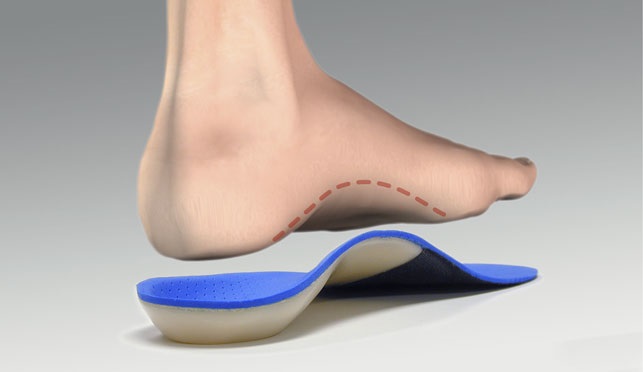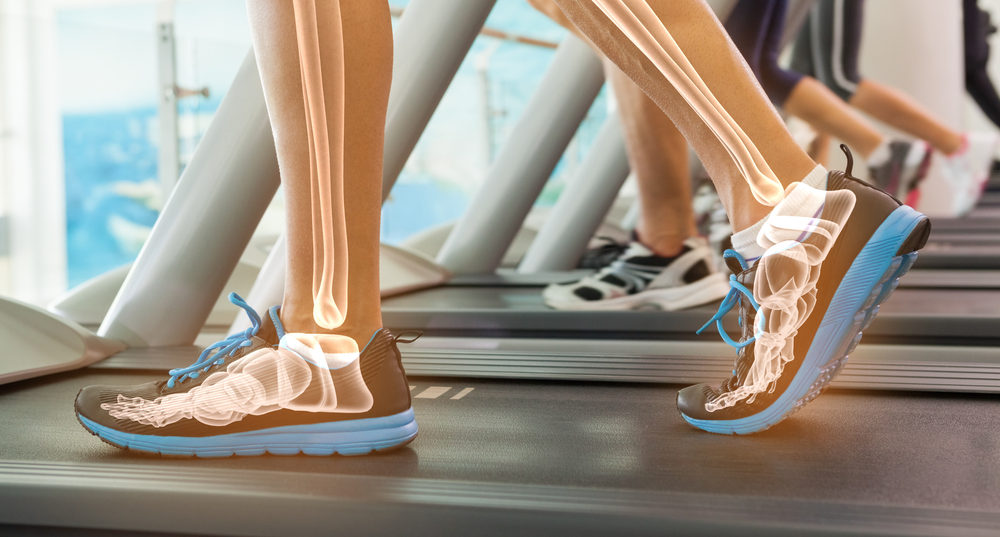Let’s target the hip abductor muscles! In my last article I discussed the importance of core strength and control to stabilize our trunk when we run – specifically the importance of the hip abductor muscles.
To refresh, the hip abductors help to bring the leg to the outside of our midline to counteract the moment of force where our leg naturally wants to move toward the midline each time our foot hits the ground.
We have several hip abductor muscles in our body, the majority of them are in our butt muscles! Gluteus medius (Gm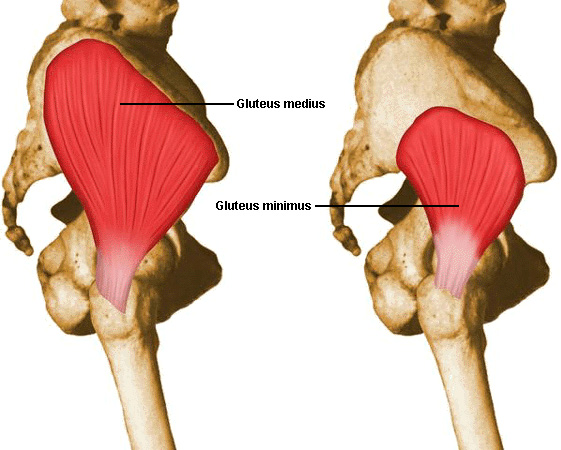 ed), gluteus maximus (GMax), gluteus minimus (GMin) and TFL (tensor fascia latae). The focus of this article is going to be on the gluteus medius because of its important role in stabilizing the pelvis.
ed), gluteus maximus (GMax), gluteus minimus (GMin) and TFL (tensor fascia latae). The focus of this article is going to be on the gluteus medius because of its important role in stabilizing the pelvis.
Why do the gluteal muscles become weak? Most of us spend our days sitting and therefore develop weak gluteal muscles making it harder to recruit them during exercise. This can lead to improper use and poor muscle patterning of other muscles to try to compensate for a weak GMed which may increase risk of injury somewhere down the road.
Using techniques to help isolate these muscles can increase their activation and ultimately improve performance. So, how do we target these muscles? A few electromyographic (EMG) studies can help us out!
Study #1: One leg vs. two legs for Gmed activation
This study used EMG signal amplitude to measure GMed activation in 5 different weight-bearing exercises; double leg stance, single leg (SL) stance, single leg squat, single leg stance on a cushion, and single leg squat on a cushion, where the cushion was an unstable surface underneath the foot to make the exercise more difficult.
To no surprise, the results showed that a SL stance placed higher demands on the GMed than double leg stance and SL squats are more demanding than SL stance. As for the SL exercises on the cushion; the GMed muscle was activated more, but not significantly more than on flat ground.
Study #2: How do we activate Gmed even more?
This study used EMG signals to measure muscle activation patterns of the GMed (among 3 other hip muscles) during 5 unilateral weight-bearing exercises as shown here:

They compared the level of activation to the subject’s maximal voluntary contraction. The EMG signal amplitude had to be between 40-60% of the maximal voluntary contraction to have sufficient intensity for strengthening.
Of the 5 exercises, the results for the GMed showed the highest amount of activation during the wall squat! The next exercises for activation were as follows: forward step-up, lateral step-up, backward step-up and then mini squat. The authors suggested that these exercises may be used as progression exercises towards the wall squat.
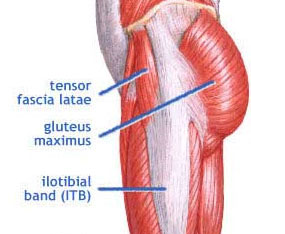 Study #3: What happens when the gluts are weak?
Study #3: What happens when the gluts are weak?
The last article looked at hip abductor muscle activity during resisted side-stepping exercises in either a squatted or standing position. They found that both the GMax and GMed had greater muscle activity during the squatted position than the upright posture. By being in this squatted position, the TFL muscle is less active which means the gluteal muscles should, in theory, be more active. This is important because if the gluteal muscles are weak, the
TFL will compensate which may lead to further underuse and weakening of the gluteal muscles.
Practical Applications
Here are a few key take home points for activating the Gmed to help enhance our running:
- The GMed plays an important role in stabilizing the pelvis/hip joint during weight-bearing
- GMed activation is greater when the base of support is less ie: during a side bridge, unilateral squat and lateral step up
- Some key exercises to get the most activation from the GMed:
- Single Leg Stance
- Single Leg Wall Squats
- Forward Step Ups
- Lateral Step Ups
- Side Steps with a resistance band around the knees/ankle (aka: Monster Walks)
And does strengthening GMed actually help to prevent injuries? As always, the answer is that it depends, but check out this article from Dr. Delanghe exploring how GMed strength work can decrease injury-causing variability of motion at the knee.
Happy strengthening!
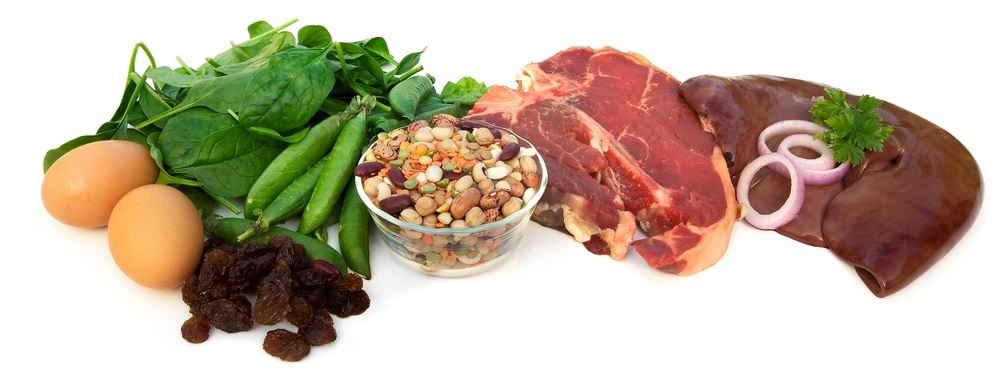
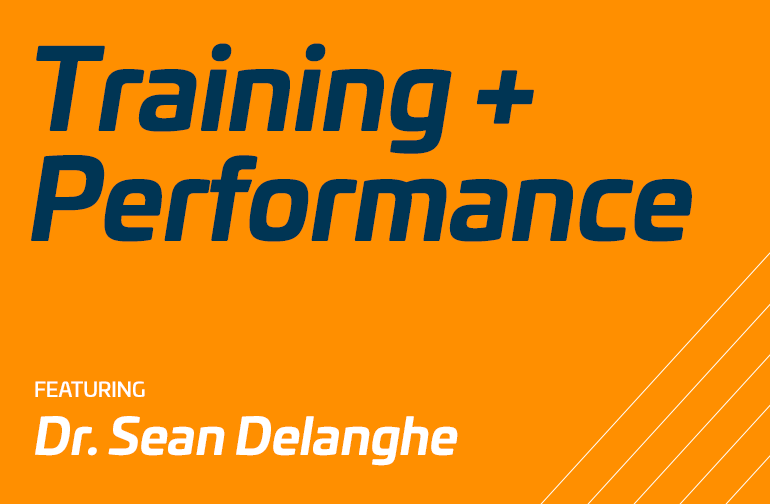

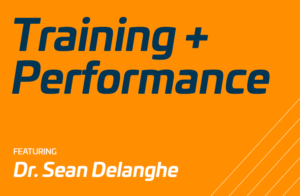
 It’s a topic I wrote about briefly in the past, but this week I wanted to take a closer look at things. Two strategies I discussed before were (1) getting acclimated to the heat and (2) pre-cooling.
It’s a topic I wrote about briefly in the past, but this week I wanted to take a closer look at things. Two strategies I discussed before were (1) getting acclimated to the heat and (2) pre-cooling.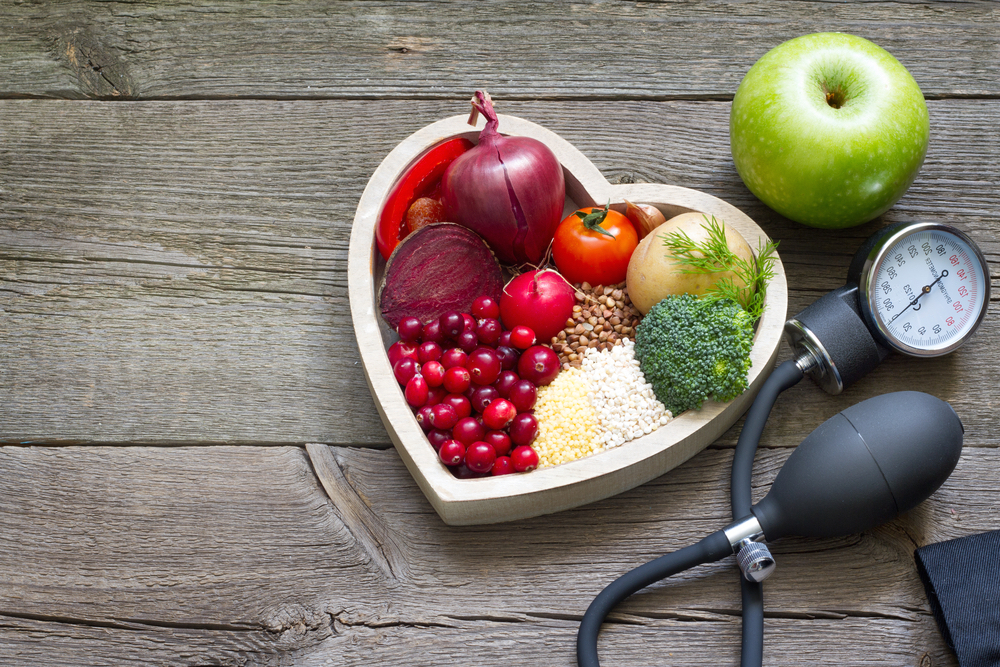

 ed), gluteus maximus (GMax), gluteus minimus (GMin) and TFL (tensor fascia latae). The focus of this article is going to be on the gluteus medius because of its important role in stabilizing the pelvis.
ed), gluteus maximus (GMax), gluteus minimus (GMin) and TFL (tensor fascia latae). The focus of this article is going to be on the gluteus medius because of its important role in stabilizing the pelvis.
 Study #3: What happens when the gluts are weak?
Study #3: What happens when the gluts are weak?
 munology notes yet again to relearn what I already know (it’s always fun picturing the T-cells destroying the bad stuff). Times like these also motivate me to relearn other things, like how nothing gets rid of a cold other than some basics including: sufficient rest, fluids, stress management and a good diet.
munology notes yet again to relearn what I already know (it’s always fun picturing the T-cells destroying the bad stuff). Times like these also motivate me to relearn other things, like how nothing gets rid of a cold other than some basics including: sufficient rest, fluids, stress management and a good diet.